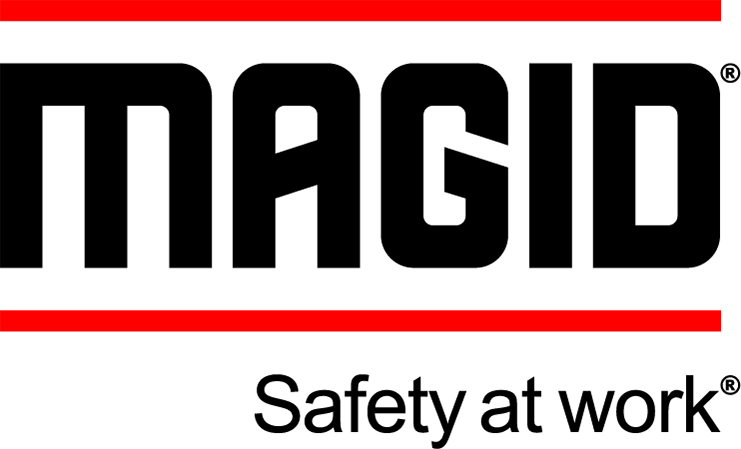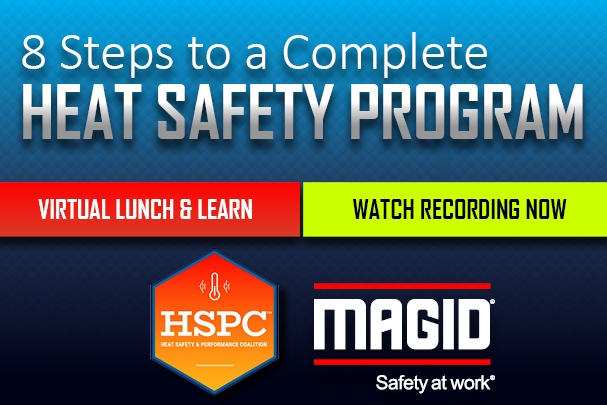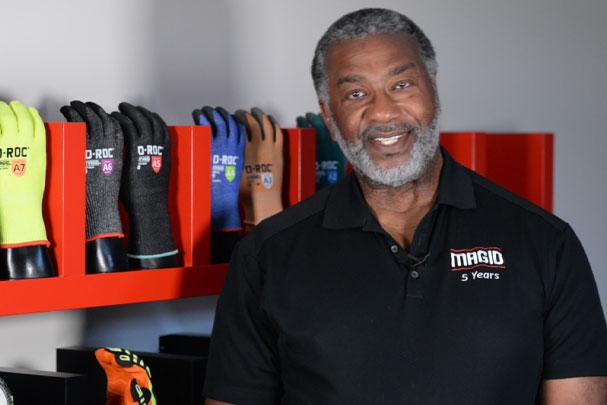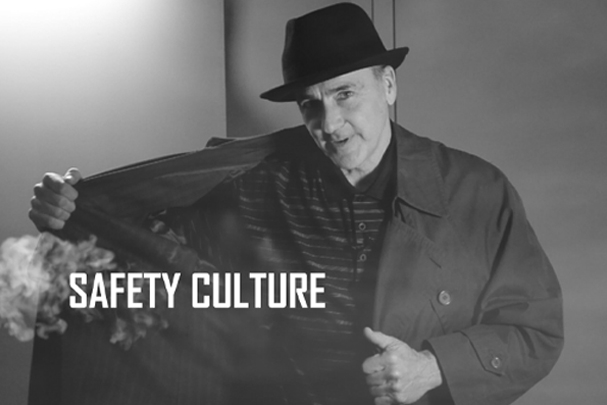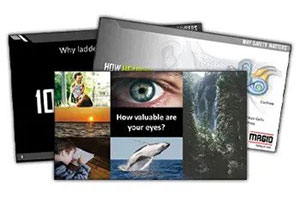
Is Your KN95 Disposable Respirator Mask Protecting You?
Wearing a protective mask changes our behavior significantly. We may walk confidently into an environment that we know contains fumes. Or lean in to help a coughing medical patient rather than back away. So a mask that fails to filter out harmful substances can be worse than no mask at all. Unfortunately, as the COVID-19 crisis continues to grip the world, the market has seen an uptick in N95-type disposable respirators that promise protection, but fail to deliver it.
Your best bet is choosing a NIOSH-approved respirator. But as shortages worsen, many companies, hospitals, and municipalities are turning to alternative sources. The Centers for Disease Control have even issued new guidance for finding other sources and for getting the most out of the disposable respirators you already have. With so many changes and unproven suppliers, it’s more important than ever to ensure you’re getting masks that protect as you expect them to.
Where are Faulty Masks Coming From?
Faulty N95 and KN95 masks are coming from outside the United States, primarily from China. This does not mean that any respirator made in China is bad. In fact, over 50% of NIOSH-approved respirators actually come from China. Unfortunately, some unapproved sources may be trying to make fast money by flooding the market with faulty respirators, and some are earnestly trying to help, but are straying outside their expertise and making bad masks without meaning to. Either way, it spells trouble for our workers both in industry and on the front lines of healthcare.
How Can I Tell if a Mask is Faulty?
There are three things you can do to evaluate your situation.
Investigate the Supplier
First and foremost, consider the source. If you’re buying respirators from a supplier outside of the United States or a supplier that you’ve never used before, ask them for their safety manufacturing certification. This might come in the form of an EN-Certification document, or a Certification of Conformity to the EN Standard. Certification should always come from an independent, accredited, third-party lab.
You can also do some of your own research to find out what the supplier was doing six months ago. If they were primarily making plastic cups and pens last October, they are not experts in manufacturing respirators in April.
Examine the Masks
Next, take a look at the masks themselves. While good and bad masks tend to look very similar, even when viewed side-by-side, there are some issues to watch for:
- Does the mask have a manufacturer’s name embossed on it? Some of the worst-performing respirators we’ve tested are simply embossed with “N95” or “KN95” with no manufacturer, and no other markings.
- Do the elastic bands stretch out quickly? Our testers found that some masks’ elastic bands began to loosen and stretch within a few minutes of wear. Stretched-out elastic means the mask doesn’t fit snugly against the user’s face, allowing possibly harmful particles like germs to be inhaled through the gaps.
- Is the metal nosepiece made of a sturdy band that can be easily molded around the bridge of the wearer’s nose? A nosepiece that isn’t sturdy enough may not provide a secure seal.
Arrange for Testing
If you’re not sure that your masks are safe, get them tested. Some companies like Magid offer free quantitative testing using a TSI PortaCount 8038 or 8048 machine. This machine is designed to emulate user performance while wearing the mask. The machine produces a rating that indicates the mask’s performance measured against its assigned protection factor. This doesn’t take the place of the individual fit testing you normally perform in your facility, but our experience shows that respirators that perform well on the quantitative fit test tend to perform well across a wide range of wearers.
How Does This Respirator Testing Work?
There are 2 parts to providing adequate protection to the wearer of a filtering facepiece respirator or mask:
1. Filtration material
2. Fit
The test we offer evaluates fit on multiple individuals – both male and female – so various face sizes and shapes are accounted for. We also use both experienced and inexperienced mask users to account for variations in mask donning behavior.
You may be familiar with qualitative fit testing that uses substances that can be tasted or smelled like Bitrex or Saccharine. While these tests rely on the wearer to determine if they can taste or smell a substance through their mask, the PortaCount machine gives an actual reading of the number of particles that penetrate the mask. Whether those particles penetrate due to poor fit or improper filtration, it amounts to the same problem – unwanted substances that the user can breathe into their lungs. The minimum performance for an N95 filtering facepiece respirator is a fit factor of 10. Some masks that we have found on the market have tested as low as a 1 or 2.
Important Note: As part of ensuring the proper level of protection, you need to perform a quantitative evaluation to confirm acceptable quality. Going by feel can be deceiving. Although Magid is testing the fit and performance of the masks submitted, this is an abbreviated test that’s intended to rule out clearly inadequate masks. Note that we are not performing the complete battery of tests required for full compliance under the applicable respirator standard (NIOSH 42 CFR 84, China GB 2626-2006, Europe EN 149-2001, etc.).
If you’re still getting masks from your usual reliable supplier, it’s likely that your equipment is fine. But if you have any doubts about a new, non-U.S.-based supplier or about the efficacy of the masks you’re receiving, it’s always best to be safe rather than sorry. Ask questions, examine your products, do your research, and get them tested!
Get the products you need to keep everyone working safely
GO TO COVID HQ


